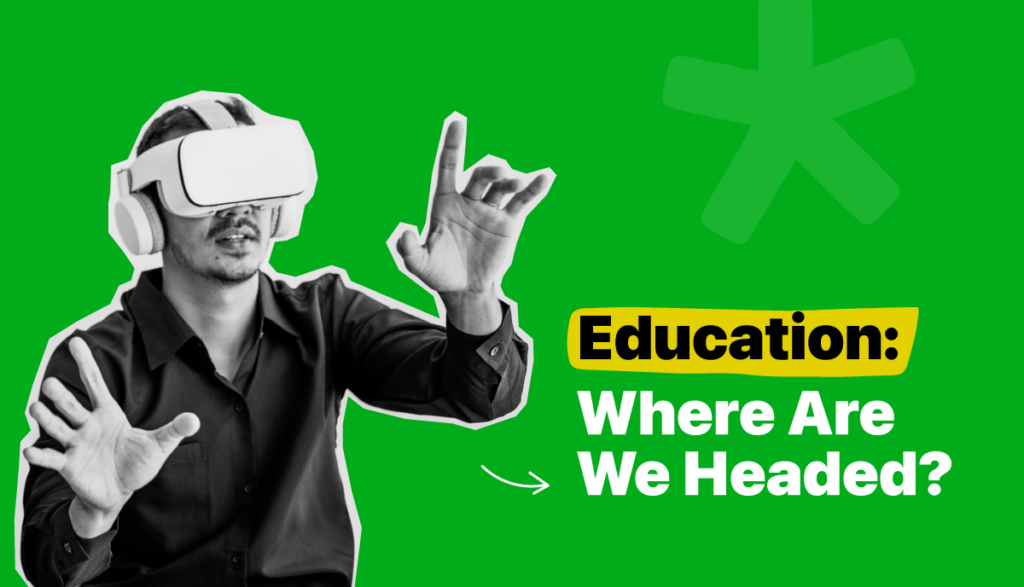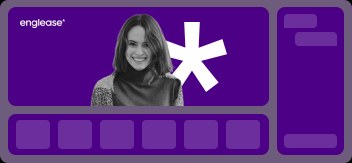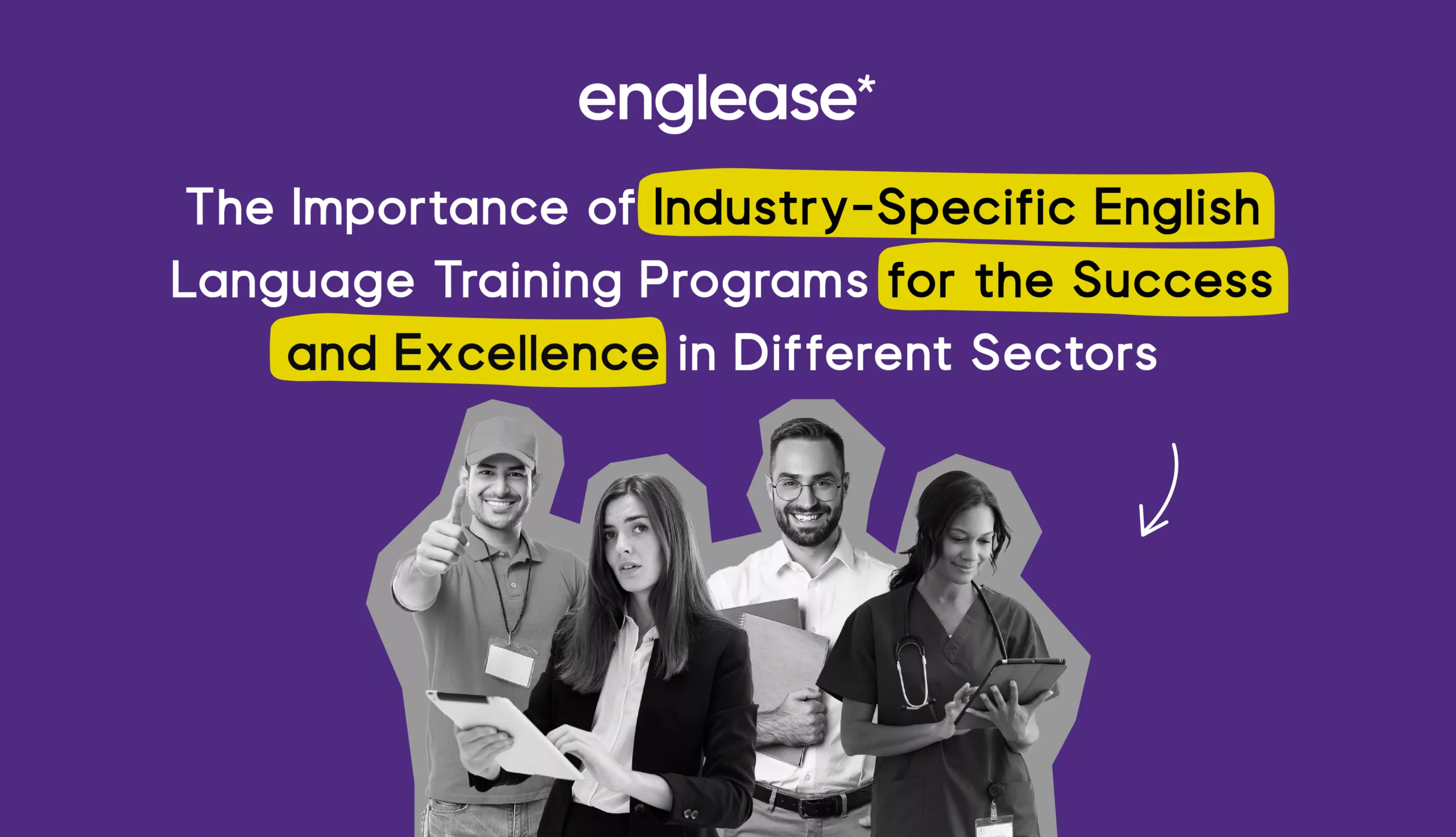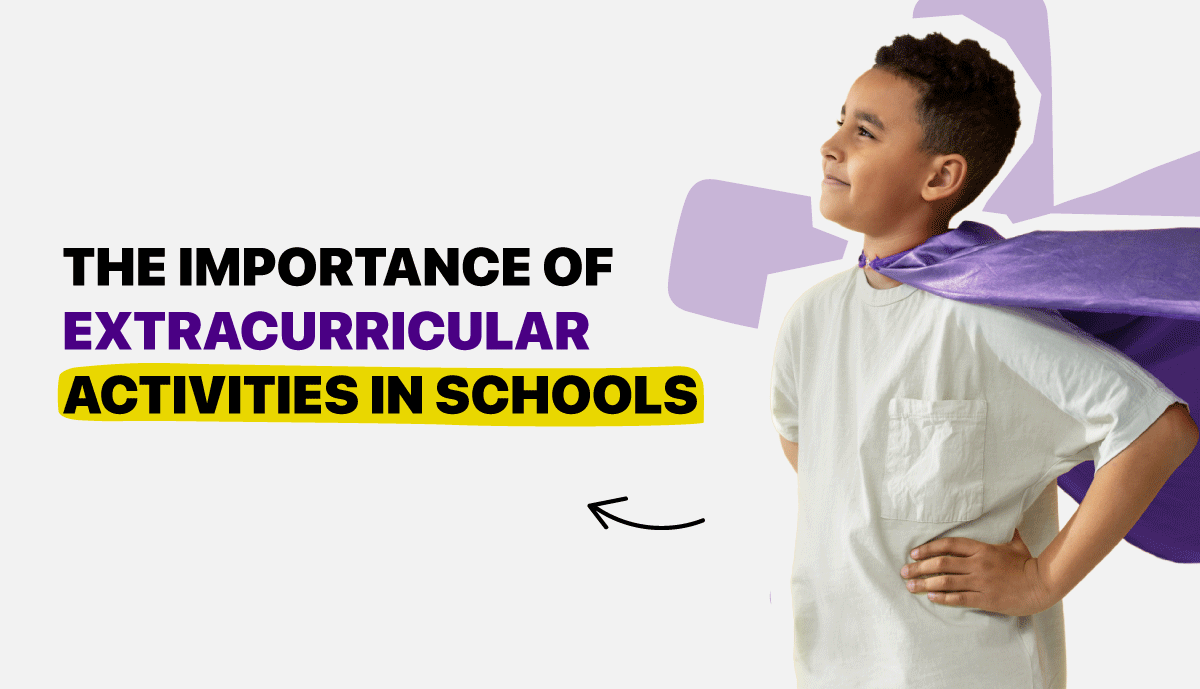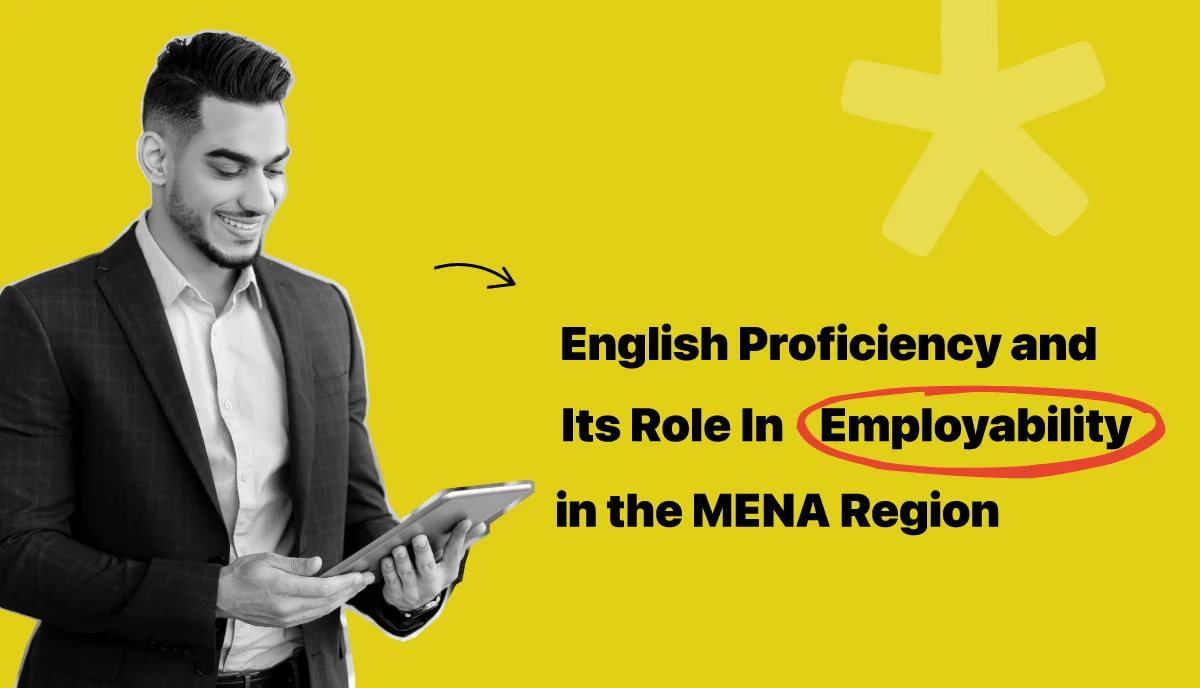Similar to every other field, we are witnessing rapid changes in the field of education. Due to these rapid changes, we believe that in this day and time, more than ever, knowledge-seekers everywhere need to stay up-to-date on all of these changes in order to choose the learning methods that work for them. In this article, we will review some of the changes that have occurred in the field of education, and the educational trends that resulted from that.
The COVID-19 pandemic has changed the world as we know it, and that includes the way we learn. Despite the challenging times people have witnessed as a result of the pandemic, the world has proven its ability to adapt. This has resulted in new and modern learning methods that can be applied despite social distancing and travel regulations, which has made education flexible and accessible for everyone.
Online Learning
At the beginning of the pandemic, school classes and university began implementing an online-learning system, where lectures were delivered synchronously online. The newly adopted method of online learning was challenging for teachers at first, as teachers had to plan their classes in a way that is compatible with the classes’ online nature. But this method of education has become increasingly popular since then, and the number of schools and universities that are expected to go entirely remote is predicted to increase. The online learning industry is expected to reach $319 billion as people have come to realize its many benefits, including the quantity of content offered, ease of presentation, flexibility, and much more. In other words, education has now become easily accessible and available to anyone, wherever they are. Many of the learning resources available now have been prepared by experts and teachers from the best universities in the world. In addition, many of these resources are free or are offered at affordable prices to people. For example, there are many rich online learning platforms available right now for people worldwide such as Coursera, Udemy, Google Academy, Masterclass, Hubspot, englease, and many others.
Additionally, we are witnessing an increase in training courses and e-learning scholarships where you can sign up to a program specifically designed to train you and equip you with a set of skills to perform a job in a certain field. The skills that can be developed through these courses vary from technical skills, personal skills, hard or soft skills, among others. In fact, more and more people are inclining towards enrolling in similar courses or training programs in order to reduce the time and financial costs required by academic institutes.
Synchronous vs. asynchronous online learning
Synchronous learning requires the student to be present during the online lecture or class. Synchronous learning offers students and teachers the chance to communicate during classes just as they would in a real class. Additionally, synchronous learning is highly flexible, and is usually broadcasted live via platforms such as Zoom, or Google Meet. Asynchronous learning, on the other hand, does not require the student to be present at the time of the class presentation, as they can attend the pre-recorded class or lecture at any time. Communication with the teacher is usually done through emails, live-chat apps, or any previously agreed upon means of communication. This type of education can be sometimes challenging for many teachers. The challenge usually lies in making the lesson as engaging and enjoyable as possible, due to the fact that students will not be able to interact with the teacher during the lecture or class.
Immersive learning
With these rapid changes and the new direction the educational system is taking, integrating technology in education has become increasingly important. With the help of technology, students can now fully immerse themselves in the learning process, while reducing the effect of internal or external distractions. Augmented reality (AR) and virtual reality (VR) are not new concepts, per se, as we have already been introduced to them through the world of gaming. However, they are fairly new to the educational scene. The use of AR and VR in education has been revolutionary, especially when it comes to the interaction between students and teachers. With the use of this technology, students can fully immerse themselves in a unique learning experience, where they can be part of a virtual environment that fully simulates a classroom. Many companies are even using immersive learning techniques to train employees to acquire certain skills, or deal with hypothetical situations. Additionally, technologies similar to AR and VR are now being used by many medical colleges around the world for practical lessons such as anatomy. Thanks to this technology, students are now able to view models of real human parts using an interactive screen that allows students to zoom for more details, rather than a boring 2D textbook.
Evidently, the present and future of education is moving towards using technology to help students immerse themselves in an educational environment that simulates real life, with the goal of actually helping students participate in the process of acquiring skills, and not just not relying on theories, narratives, and memorizing of information.
Microlearning
Education experts continue to provide new directions in the field of education. This pandemic, despite the pain it caused to the world, proved the competence of many distinguished people and helped us see tremendously creative ideas in various fields. Although there are still advocates of traditional education, and consider the traditional methods to be more interactive and immersive, many people consider traditional education and being in a classroom for two hours to attend a lesson as boring, reducing comprehension and thus, productivity. This has motivated those in favor of more modern educational methods to produce a new method of learning, and they call it “microlearning”. Microlearning, in a nutshell, is the process of dissecting larger and more extensive lesions into smaller pieces of content, which can be read in one sitting. These shorter pieces of education content such as lessons, articles or mini videos are effective as they are usually rich in information but can be comprehended and absorbed easily in a short time by students, which encourages students to watch or read more of it. One of the advantages of microlearning is that after the lessons are divided into smaller and more quickly digestible parts, important information is re-integrated to ensure that it is acquired in many lessons in a creative and intelligent manner. Thus, you can gain a perfect understanding of new theories and concepts, and acquire skills that will help you in your career.
Education is for everyone
Education can be achieved through absolutely anything, and the world is moving towards this concept, which is to evade the monotony of education, books and huge encyclopedias, hours of intensive lectures, and the role of the recipient only during lessons. You can learn through a rich conversation with a colleague, a team leader, or a manager. You can get career-changing guidance through an educational seminar or networking meeting. The important thing to remember is that education is not limited to traditional methods, or even to recent trends. The world is rapidly changing, and education is no exception. What is interesting is that learning is no longer restricted to a specific group of people who have proven their academic excellence or their ability to pass exams. Today, we can confidently say that education is available to everyone. What is important for people worldwide to remember is to never stop learning, and never stop pursuing growth and development.
Editor, englease
